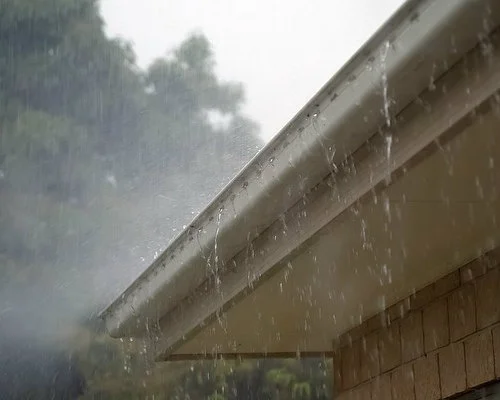Cooler weather has arrived! So you can start pulling out your winter clothes and turning the heat up in your home! Unfortunately, with cooler weather you may experience drafts within your home.
Drafts or air leaks can enter any home through doors, windows, fireplaces, and even electrical outlets, which drive up your heating bills and make your home colder. To avoid this in the upcoming months, take our steps to draft-proof your home!
Checking for Drafts in Your Home
Not sure if your home has a draft or where it’s coming from? Check these common areas to stop air leaks!
Take a look near unwanted gaps in the construction of your home, and where openings are left uncovered in places like:
- Around windows
- Around doors (and keyholes)
- Between floorboards
- Near pipework leading to the outside
- Rooms that produce a lot of moisture (bathrooms, kitchens, and utility rooms)
Save Energy and Money With These Cooler Weather Tips
Once you’ve identified drafts, take these steps to block them.
- Keep windows locked, install self-adhesive foam strips, and brush strips for sliding windows.
- Purchase a purpose-made cover for your keyhole, replace or install a hinged flap to prevent airflow at the bottom, and install foam, brush, or wiper strips around edges similar to those used for windows.
- Seal cracks with fillers that tolerate movement as your floorboards expand and contract often, depending on the weather. Additionally, look to add insulation below flooring to keep rooms warmer.
- Hang insulated curtains to keep a room warm (or even next year block out the summer sun). But remember to work effectively, curtains must be closed.
- Add a dryer vent seal to reduce unwanted drafts (and keep out pests and rodents) through your dryer duct. This will keep the duct closed except for when your dryer is in use.
- If you have a fireplace, install a thick foam to cover the opening when not in use.
- Look into landscaping. Shrubs and trees around your home can protect it from winds and add an extra layer of protection against the cold.
- Schedule an inspection with a professional, like EIG, to identify air leaks or even perform a scan with thermal imaging.
You can never really be sure if your home is fully protected against winter weather, which is why you should seek a professional opinion. Let the experts at EIG put your mind at ease with a full home inspection!
Our team will make sure your home isn’t susceptible to drafts or other vulnerabilities to save you from the time and cost of expensive repairs. Schedule an inspection here or get in touch with us to learn more about our services and how we can help you!
We Can Help





